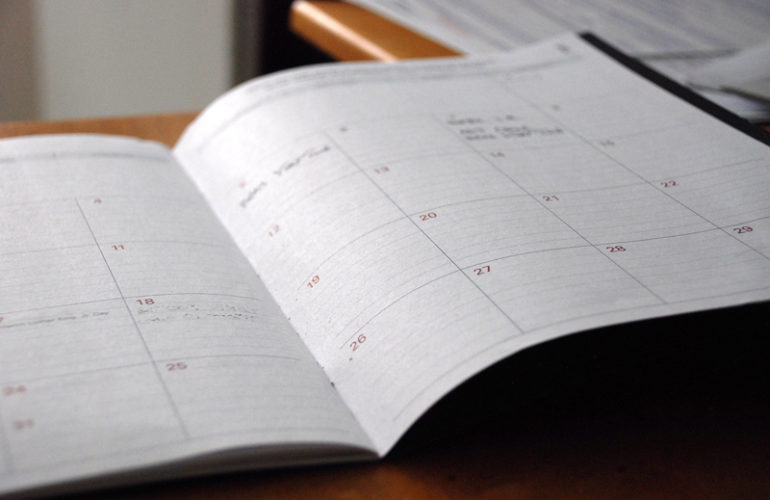August brings an anticipation of seeing schedules for the new school year. An exciting yet confusing time for many students. The results may not be what is expected. No lunch or several classes with friends. Although this can be concerning, a final schedule should be focused on the student and their academic planning as they go through high school.
Grades, course level, and graduation requirements are important variables. There are other factors that also should be considered as part of the discussion. Here are some additional ideas that will help students in identifying options:
Learning style inventory results: Learning styles best indicates the way the student prefers to learn. Does the student work better on hands on projects? Do visuals to help the student understand the material? Is the student enjoying more of the physical activity? These are but a few questions that help establish how the student learns which can connect with the career inventory results.
Career inventory results: Students may have used Career Cruising, Naviance or another Career Interest tool to complete a career inventory. Upon taking the survey students discuss with their counselors the results achieved. Encourage the student to look at the course catalog and select electives that best match the career outcome. High school is a great opportunity to take a variety of courses that might lead to a college major.
For example, if the student enjoys hands on learning, puzzles and problem solving, then possibly a career in engineering might be the right path. Some students enjoy reading and writing, are creative with crafts and career outcomes may include communications or screenwriting. Having the information gives you an opportunity to explore.
As the schedules are sent home, look at the courses. Are all the required ones in place? Did the student obtain electives that match their interest and future major? Get a copy of your transcript and your current report card. Plan and map out what you have taken. Read the course catalog and the descriptions listed to understand what will be the focus of the class. If you have everything organized, connected to the student’s learning style and career result, the outcome is student-centered!

